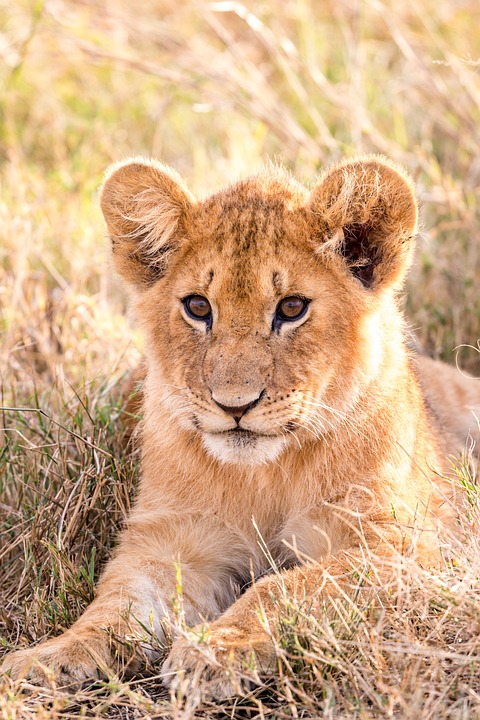*Understanding the Fascinating World of Animal Communication*
As humans, we often use words to express our emotions and communicate with others. However, in the animal kingdom, communication takes on a whole new level of complexity. Animals utilize a variety of behaviors and body language to convey messages to their peers and even to us. One such behavior is face rubbing, which can be observed in various animals across different species. In this article, we will delve into the world of face rubbing behavior and explore its meaning in different animals.
**The Significance of Face Rubbing in Animals**
Face rubbing behavior is a common form of social interaction and communication among animals. It involves an individual rubbing its face against another animal, an object, or even against their own body. This behavior may seem simple at first, but it holds significant meaning in animal communication.
**Cats: The Mysterious Face Rubbers**
Cats, known for their mysterious and independent nature, frequently exhibit face rubbing behavior. When a cat rubs its face against you or an object, it is marking its territory. Cats possess scent glands on their cheeks and chin, which release pheromones when rubbed against a surface. This behavior is a way for cats to communicate their presence and mark their territory, signaling to other cats that they have claimed a particular space.
**Dogs: A Gesture of Affection**
Unlike cats, who use face rubbing as a territorial marker, dogs primarily engage in this behavior as a display of affection. When a dog rubs its face against you or another dog, it is a gesture of love and trust. Dogs have scent glands around their faces, and by rubbing against someone or something, they are leaving their scent as a sign of their bond and acceptance.
**Primates: Building Social Bonds**
Primates, including monkeys and apes, also partake in face rubbing behavior. For these intelligent creatures, face rubbing serves as a way to build and strengthen social bonds within their groups. By engaging in this behavior, primates establish a sense of familiarity and trust with their peers, promoting cohesion and cooperation within the group.
**Horses: Establishing Hierarchy and Bonding**
In the equine world, face rubbing behavior plays a pivotal role in establishing hierarchy and building relationships. Horses often engage in mutual face rubbing as a way to communicate dominance or submission. By taking turns to rub their faces against one another, horses establish their rank within the herd and solidify their bonds with other members.
**Frequently Asked Questions (FAQs)**
**Q: Why does my cat rub its face against furniture and walls?**
A: Cats have scent glands on their cheeks and chin, and by rubbing against furniture and walls, they are marking their territory. This behavior is their way of claiming a particular space as their own.
**Q: Is face rubbing behavior always a sign of affection in dogs?**
A: Yes, for dogs, face rubbing is primarily a gesture of affection. By rubbing their faces against you or other dogs, they are expressing love and trust.
**Q: Can face rubbing behavior indicate aggression in animals?**
A: Face rubbing behavior is generally not associated with aggression. However, it is crucial to consider the overall body language and context in which the behavior occurs. If accompanied by other signs of aggression, it is advisable to seek professional advice from an animal behaviorist.
**Q: What should I do if a horse tries to rub its face against me?**
A: If a horse attempts to rub its face against you, it is essential to assess the situation carefully. While some horses may engage in this behavior as a friendly gesture, others may exhibit pushy or dominant behavior. If you are uncomfortable or unsure, consult a knowledgeable horse handler or trainer for guidance.
In conclusion, face rubbing behavior holds various meanings across different animal species. Whether it’s a cat marking its territory, a dog expressing affection, primates building social bonds, or horses establishing hierarchy, this fascinating behavior offers insights into the intricate world of animal communication. By understanding these behaviors, we can deepen our connection with animals and appreciate the richness of their non-verbal language.








